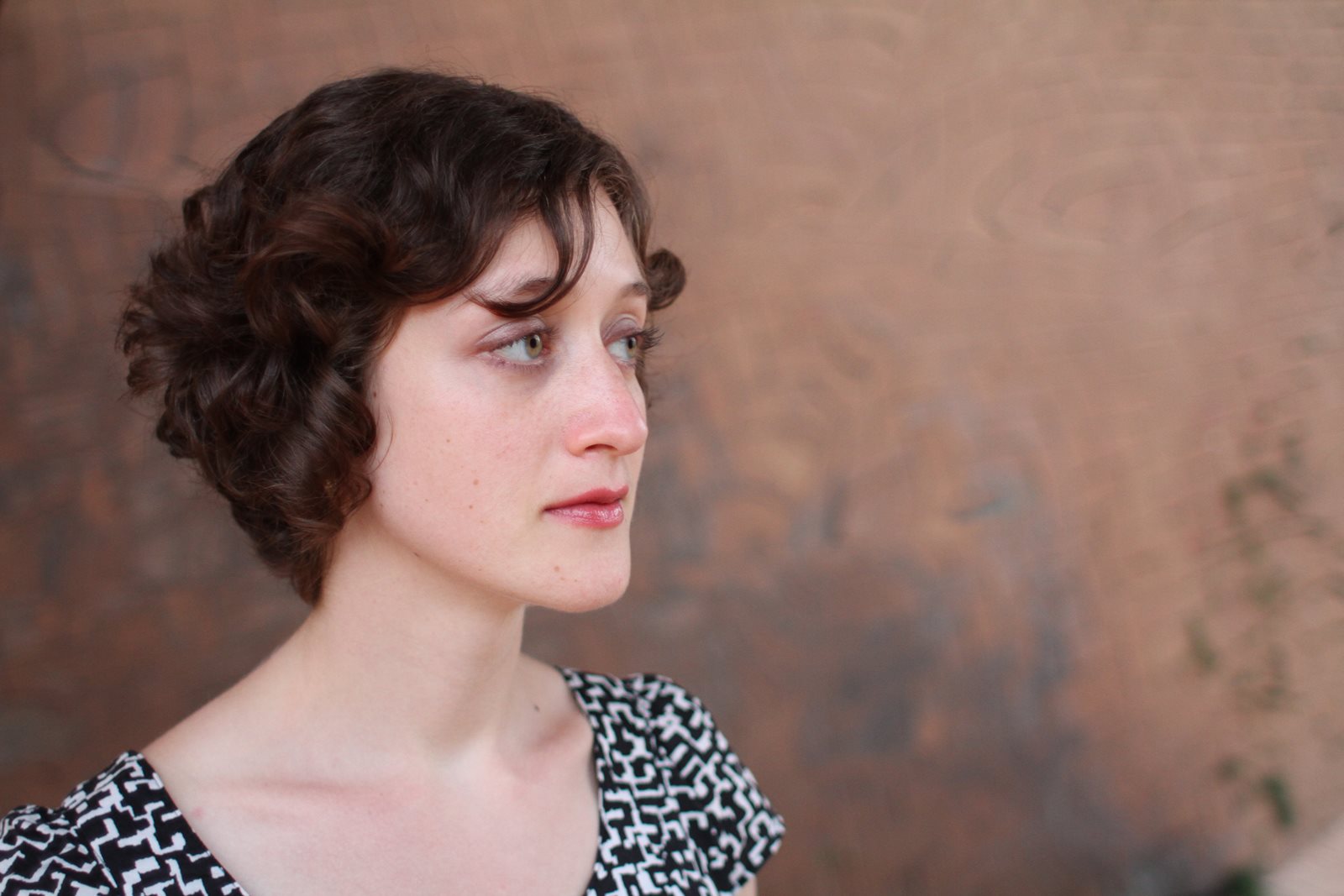Amaranth Borsuk’s work exhibited in Kassel, Germany

IAS faculty member Amaranth Borsuk is represented in the current exhibition at the KunstTempel in Kassel, Germany, curated by Friedrich Block. POESIS: Sparchekunst/Language Art (August 29–October 6, 2019) is "snapshot of international language art," featuring 63 artists from 17 countries. The show celebrates the 20th anniversary of the gallery and Block's p0es1s project. Borsuk's text generator Book of Dust will be one of the digital artworks shown. Book of Dust pays homage to Alison Knowles and James Tenney’s A House of Dust (1967), one of the earliest examples of computationally-generated poetry. The original program generated imaginative art installations as venues for happenings and community building using the following structure:
a house of (material)
(location)
using (light source)
inhabited by (inhabitants)
The output of the program was printed and distributed as an artists' book, and some of the architectural spaces were realized as part of the artist's practice.
Borsuk's iteration creates descriptions of imaginary books based on the grammatical structure of Knowles’ poem, envisioning examples like this randomly generated series:
A BOOK OF POEMS
IN A GREEN BOX
MADE FROM DUST
READ BY POLYGLOT READERS
A BOOK OF LYRICS
IN PAPIER-MACHÉ
MADE FROM MIRROR NEURONS
READ BY CANDLELIGHT
A BOOK OF FORMS
IN THE LIBRARY OF BABEL
MADE FROM OLD PHONE DIRECTORIES
READ BY CHILDREN AND OLD PEOPLE
A BOOK OF IDEOGRAMS
AS A DECK OF CARDS
MADE FROM NOTHING SO FAR
READ BY UNKNOWN ARTISTS
Borsuk is drawn to Knowles’ work, which she has written about in her recent volume The Book (MIT Press, 2018) for its redefinition of book form. As a computer poem, a limited-edition artist’s book, and a physical structure (which was destroyed shortly after its installation in Chelsea), A House of Dust raises questions of bookishness, public interaction, and ephemerality that Book of Dust wishes to query.
